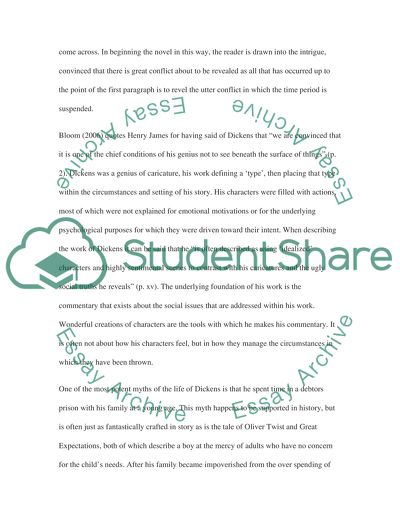Cite this document
(Charles Dickens- A tale of Two Cities: Violence and Revenge Research Paper, n.d.)
Charles Dickens- A tale of Two Cities: Violence and Revenge Research Paper. Retrieved from https://studentshare.org/literature/1754028-charles-dickens-a-tale-of-two-cities-violence-and-revenge
Charles Dickens- A tale of Two Cities: Violence and Revenge Research Paper. Retrieved from https://studentshare.org/literature/1754028-charles-dickens-a-tale-of-two-cities-violence-and-revenge
(Charles Dickens- A Tale of Two Cities: Violence and Revenge Research Paper)
Charles Dickens- A Tale of Two Cities: Violence and Revenge Research Paper. https://studentshare.org/literature/1754028-charles-dickens-a-tale-of-two-cities-violence-and-revenge.
Charles Dickens- A Tale of Two Cities: Violence and Revenge Research Paper. https://studentshare.org/literature/1754028-charles-dickens-a-tale-of-two-cities-violence-and-revenge.
“Charles Dickens- A Tale of Two Cities: Violence and Revenge Research Paper”. https://studentshare.org/literature/1754028-charles-dickens-a-tale-of-two-cities-violence-and-revenge.


